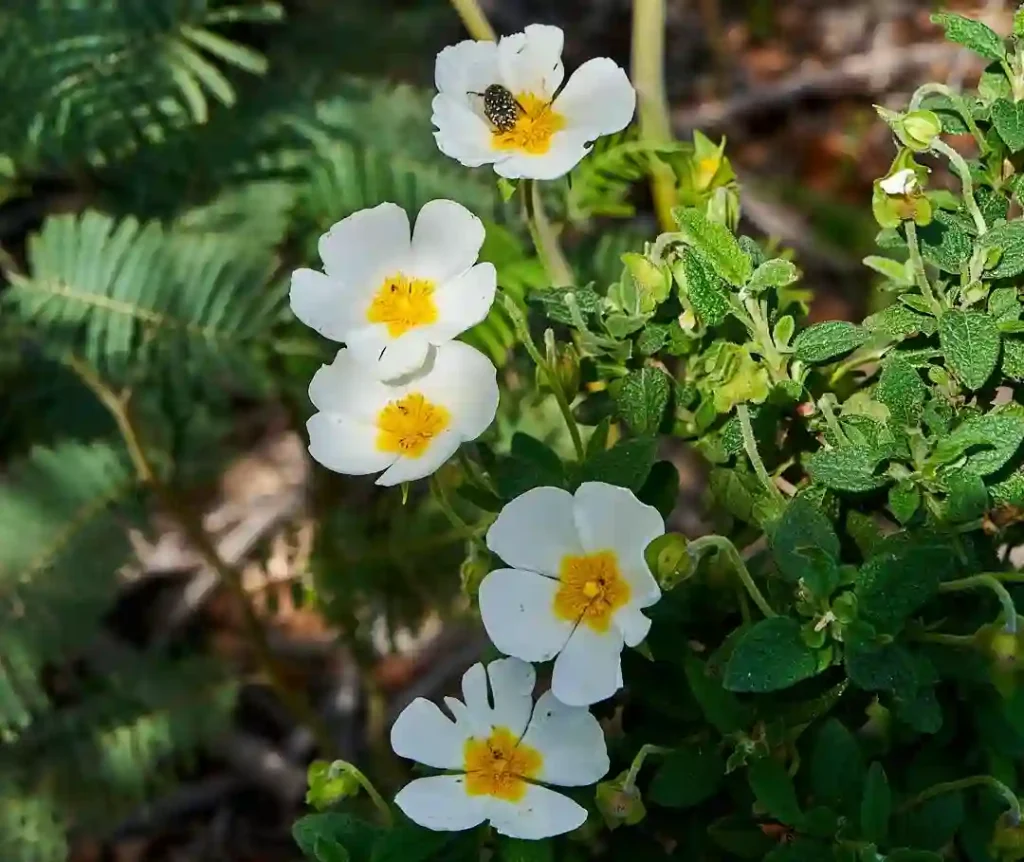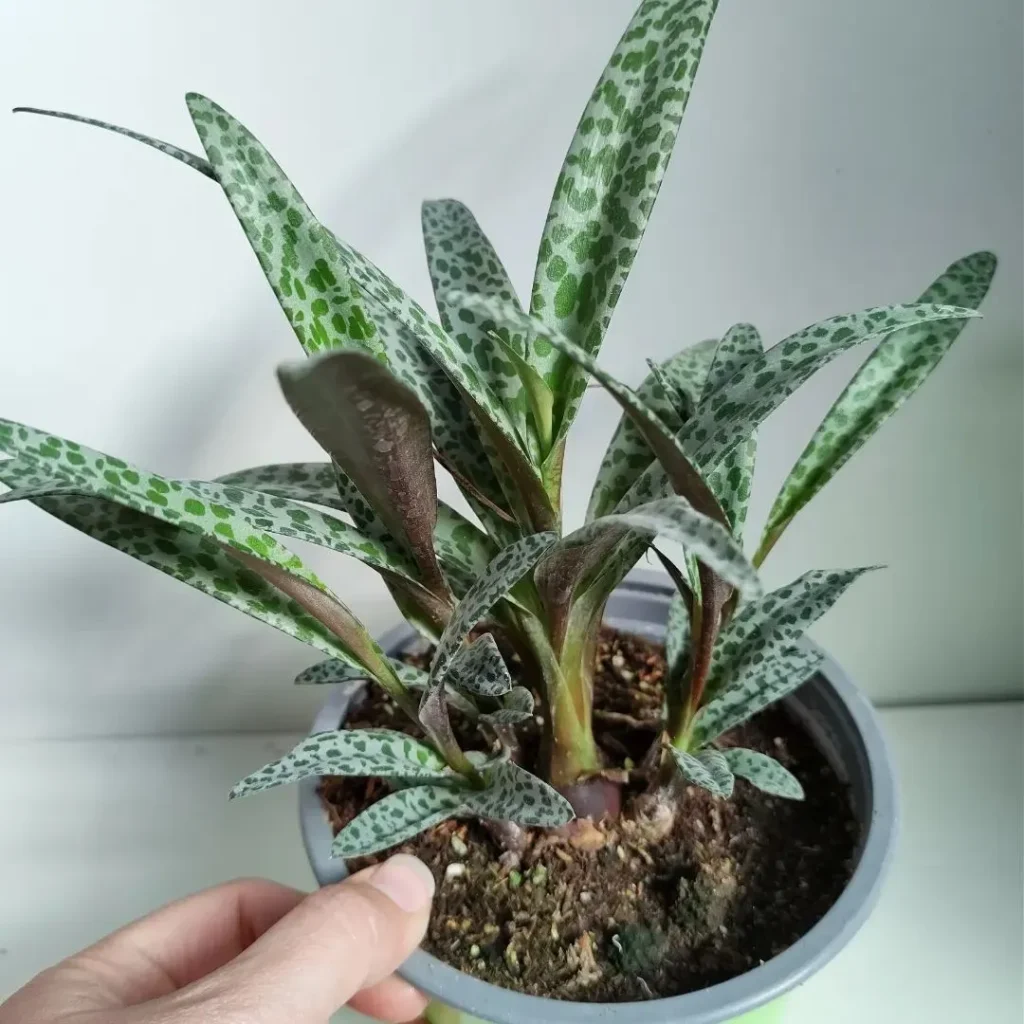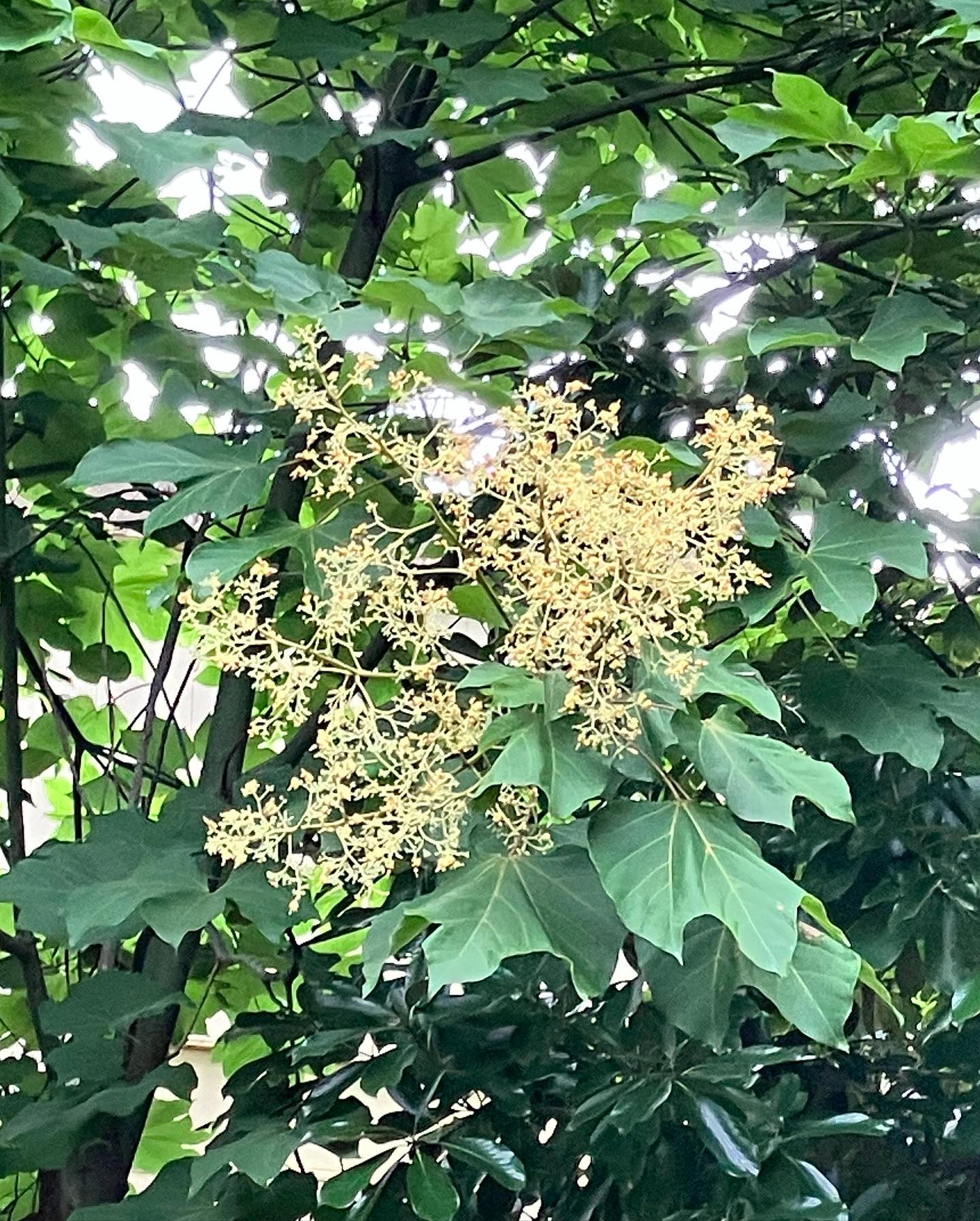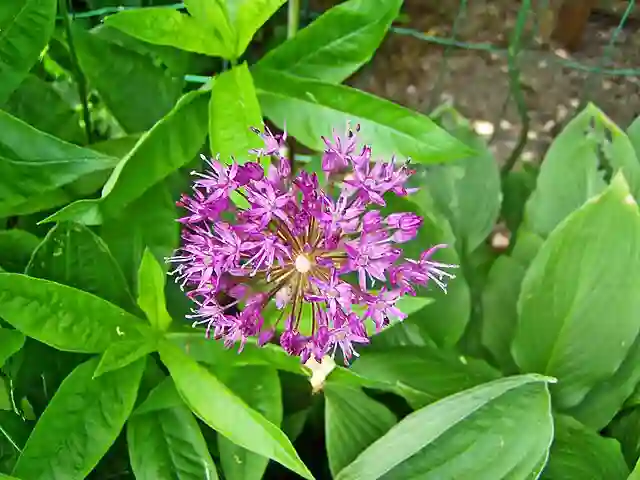Forsythia Koreana: Your Guide to Understanding and Caring for This Stunning Plant
When it comes to adding a splash of color to your garden in early spring, Forsythia Koreana is a plant that should definitely be on your radar. As a long-time gardener, I’ve had my fair share of experiences with this shrub, and I’m excited to share what I’ve learned. Here’s a comprehensive FAQ guide on Forsythia Koreana to help you make the most of this vibrant plant.
12 Species in Genus Forsythia
What is Forsythia Koreana?
Forsythia Koreana, commonly known as Korean Forsythia, is a deciduous shrub celebrated for its bright yellow flowers that herald the arrival of spring. Native to Korea and parts of China, this plant typically reaches a height of 6 to 10 feet with a similar spread. It’s known for its arching branches and dense foliage, which create a striking visual display. Forsythia Koreana blooms in early spring before the leaves fully emerge, making its vibrant flowers stand out even more.
How to Care for Forsythia Koreana?
Caring for Forsythia Koreana is relatively straightforward, but a few key points will help ensure it thrives in your garden.
- Sunlight: Forsythia Koreana prefers full sun to partial shade. It thrives in at least 6 hours of direct sunlight each day. In shadier conditions, it might not bloom as profusely.
- Soil: This shrub is adaptable to a range of soil types but favors well-drained, loamy soil. Avoid waterlogged conditions, as they can lead to root rot.
- Watering: Regular watering is essential, especially during dry spells. However, be cautious not to overwater. The soil should be kept moist but not soggy.
- Fertilization: Feed Forsythia Koreana with a balanced, all-purpose fertilizer in early spring, just as new growth begins. This helps promote healthy blooms and foliage.
- Pruning: Pruning is best done immediately after flowering. Forsythia Koreana blooms on old wood, so pruning before it flowers will reduce the number of blooms. Trim back to shape the plant and remove any dead or damaged branches.
How to Propagate Forsythia Koreana?
Propagating Forsythia Koreana can be a rewarding experience. Here’s a simple method to propagate this shrub:
- Cuttings: In late spring or early summer, take softwood cuttings about 4 to 6 inches long. Remove the lower leaves and dip the cut end in rooting hormone.
- Planting: Place the cuttings in a pot with a mix of peat and perlite. Keep the soil moist and the pot in a warm, bright location but out of direct sunlight.
- Transplanting: Once the cuttings develop roots, usually within 6 to 8 weeks, transplant them into larger pots or directly into the garden.
What to Plant with Forsythia Koreana?
Forsythia Koreana pairs well with several other plants to create a visually appealing garden. Consider these companion plants:
- Spring Bulbs: Daffodils, tulips, and hyacinths bloom around the same time as Forsythia Koreana, providing a complementary burst of color.
- Evergreens: Planting evergreens like Boxwood or Holly nearby provides year-round structure and contrast to the deciduous Forsythia.
- Perennials: Hostas and Daylilies add texture and color to the garden bed, enhancing the overall landscape design.
Is Forsythia Koreana Toxic?
Forsythia Koreana is not known to be toxic to humans or pets. However, as with many plants, it’s best to prevent pets from chewing on the foliage, as ingesting large quantities could potentially cause digestive upset.
Benefits of Forsythia Koreana
Forsythia Koreana offers several benefits beyond its beautiful blooms:
- Early Bloom: It’s one of the first shrubs to bloom in spring, providing much-needed color after winter.
- Low Maintenance: Once established, it requires minimal care and is fairly resistant to pests and diseases.
- Privacy Screen: Its dense growth can be used as a natural privacy screen or hedge.
Common Problems with Forsythia Koreana
While Forsythia Koreana is generally robust, it can face a few issues:
- Leaf Spot: This fungal disease causes dark spots on leaves. Ensure good air circulation and avoid overhead watering to prevent it.
- Pests: Watch out for aphids and spider mites. Regular inspection and appropriate treatments can help manage these pests.
Comparing Forsythia Koreana with Other Forsythia Varieties
Forsythia Koreana is often compared with other Forsythia varieties like Forsythia x intermedia and Forsythia suspensa.
- Forsythia x Intermedia: This hybrid typically grows larger and has a slightly different bloom pattern. It’s also known for a more upright growth habit compared to Forsythia Koreana.
- Forsythia Suspensa: Known for its trailing branches, Forsythia suspensa offers a different visual appeal and is often used in ground cover or cascading over walls.
Conclusion
Forsythia Koreana is a fantastic addition to any garden, offering early spring blooms and a touch of vibrant color. With the right care and placement, it can become a stunning focal point or complement other plants in your landscape. By understanding its needs and characteristics, you can enjoy the beauty and benefits of this wonderful shrub for years to come.
If i die, water my plants!



